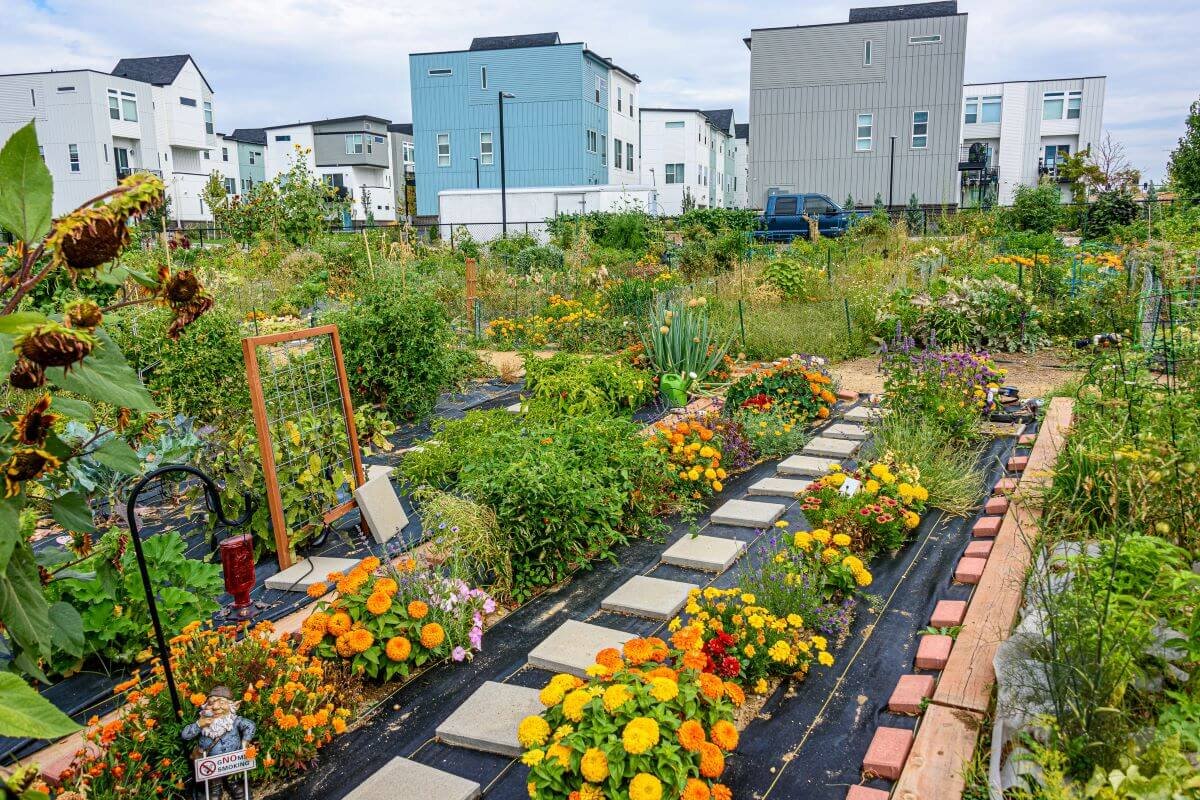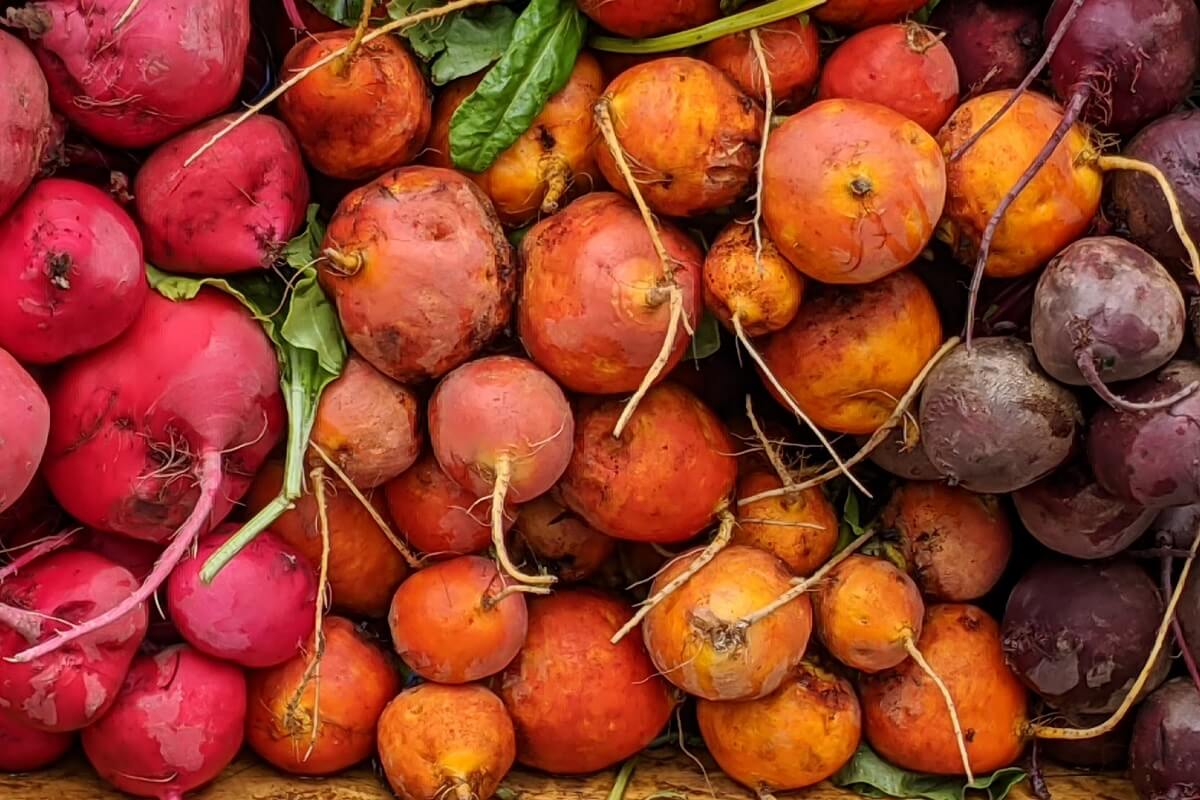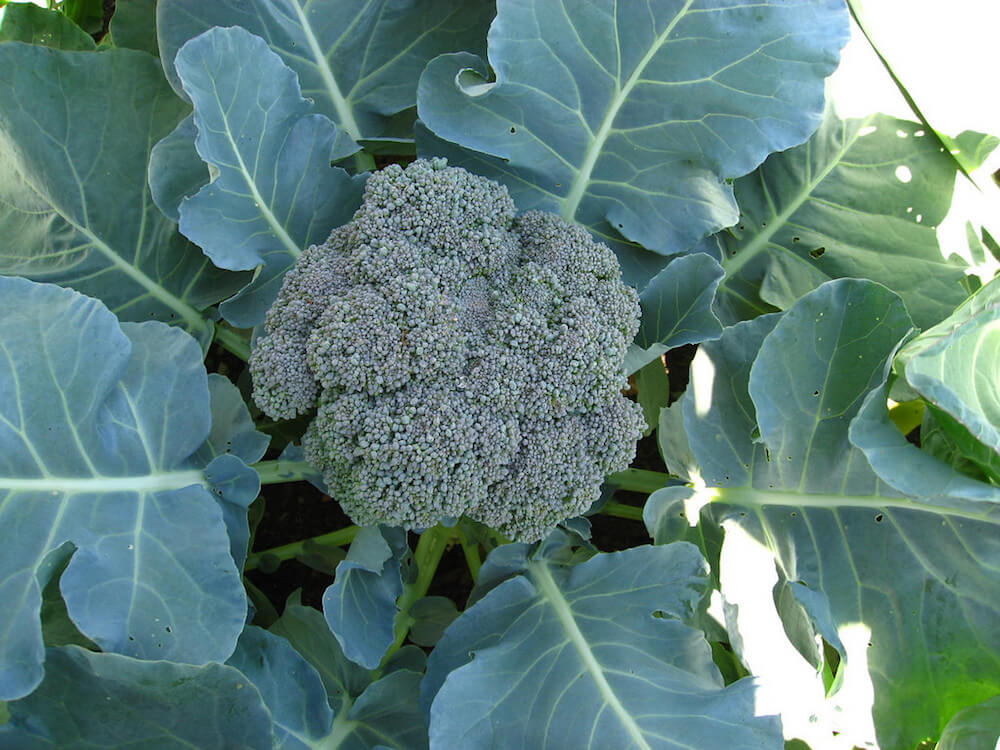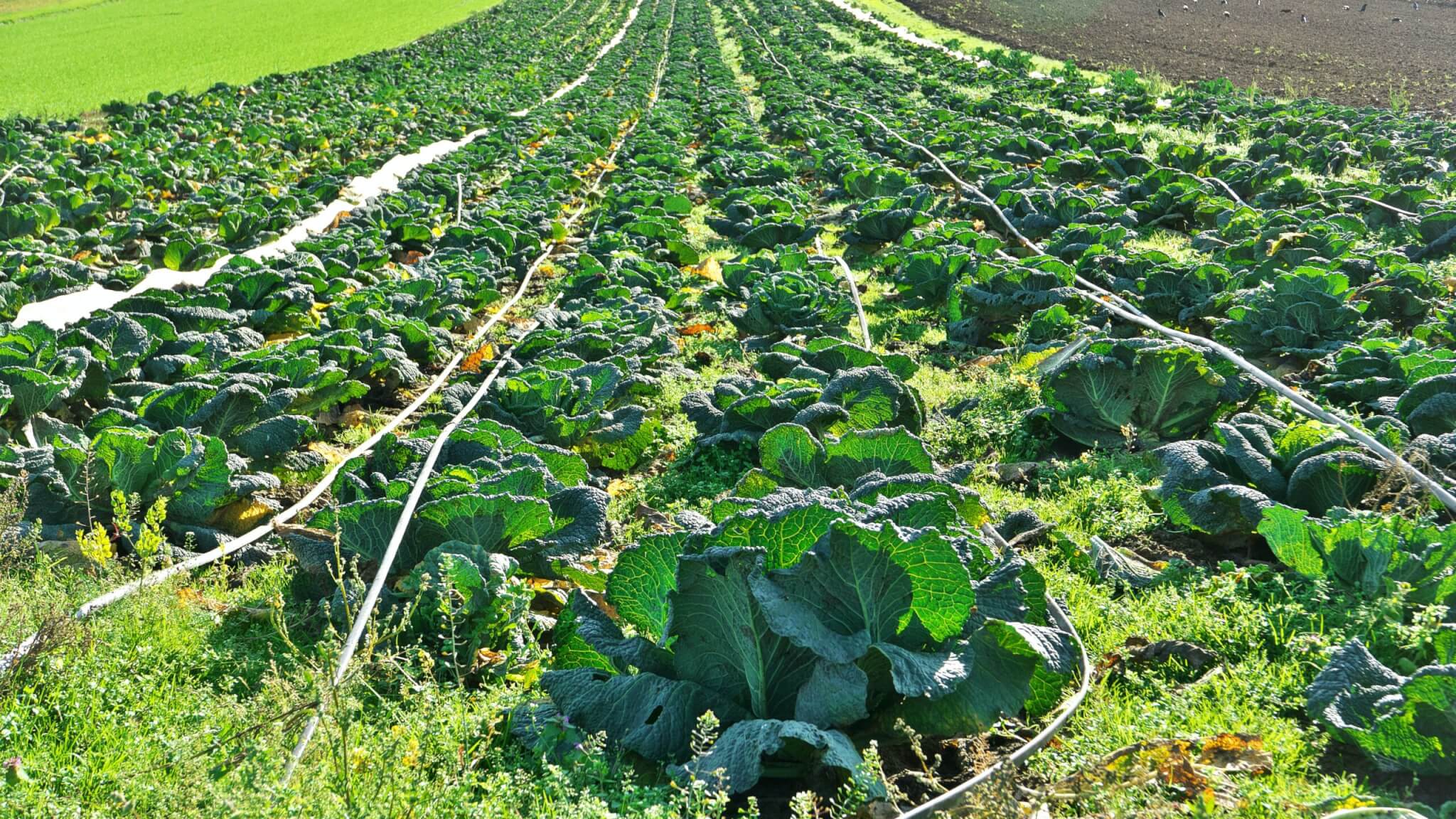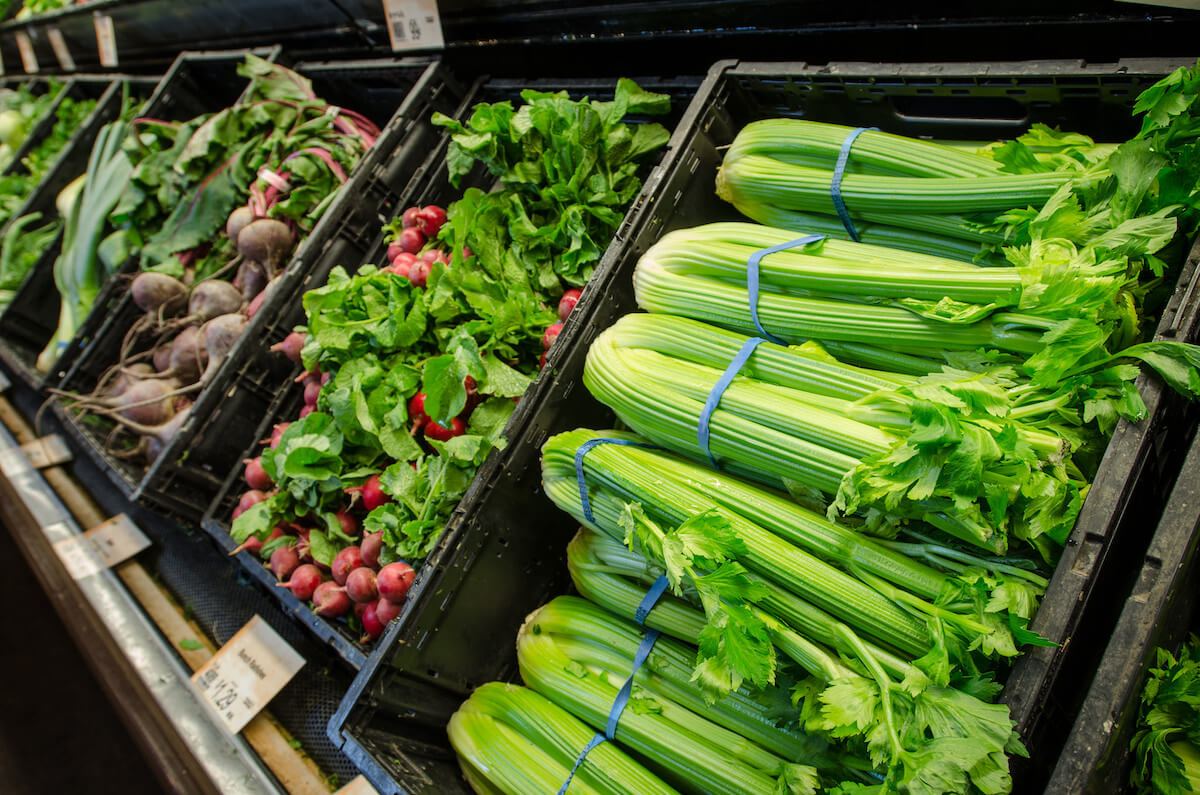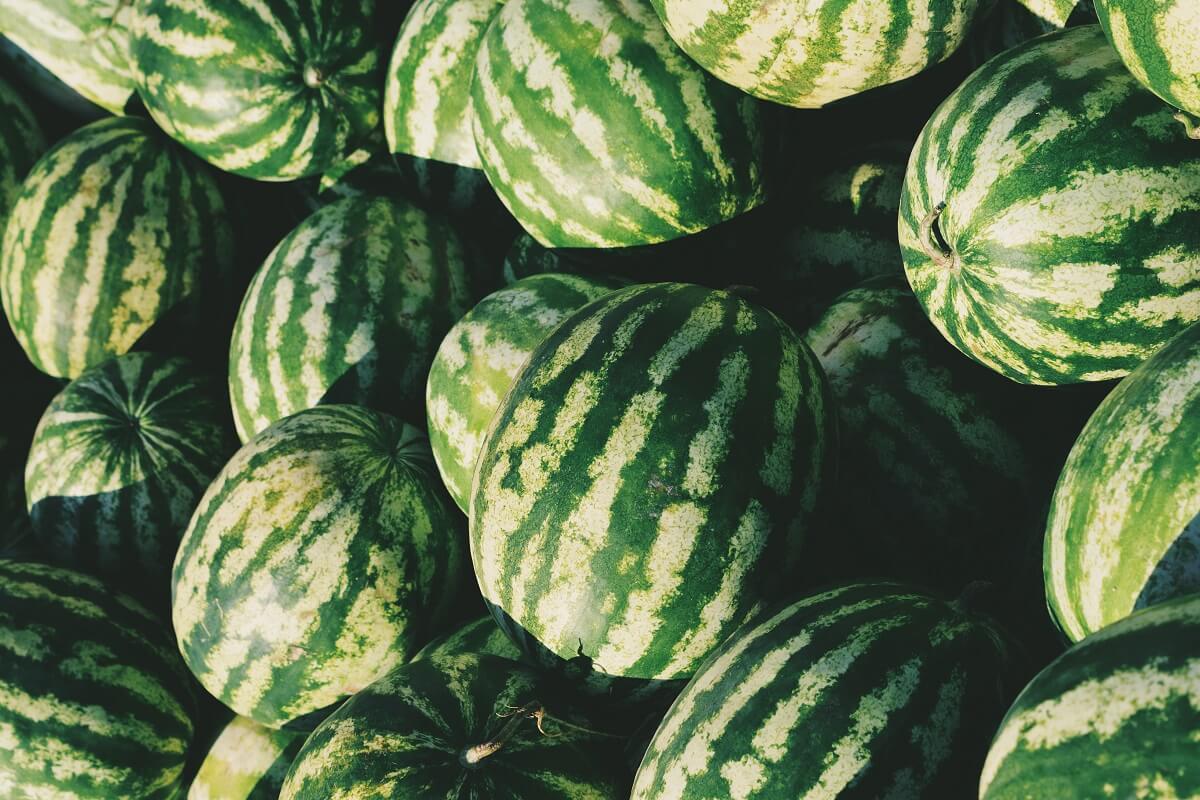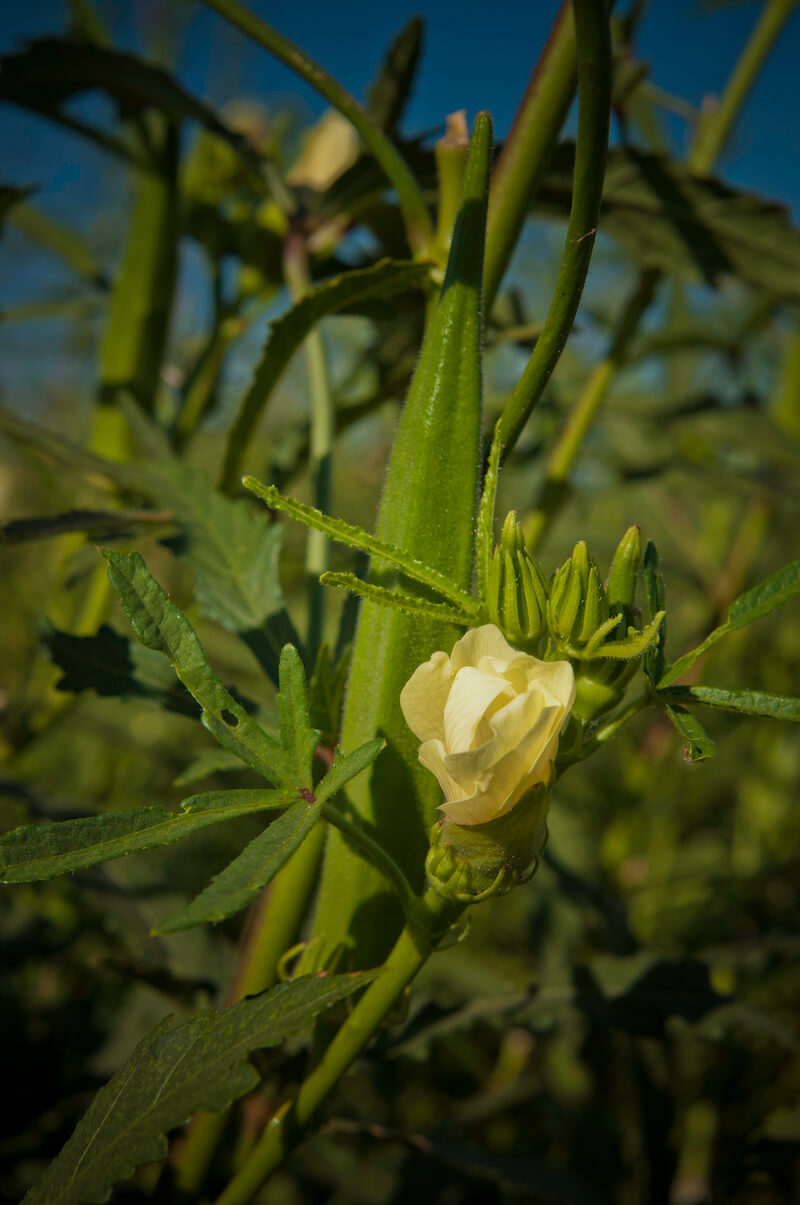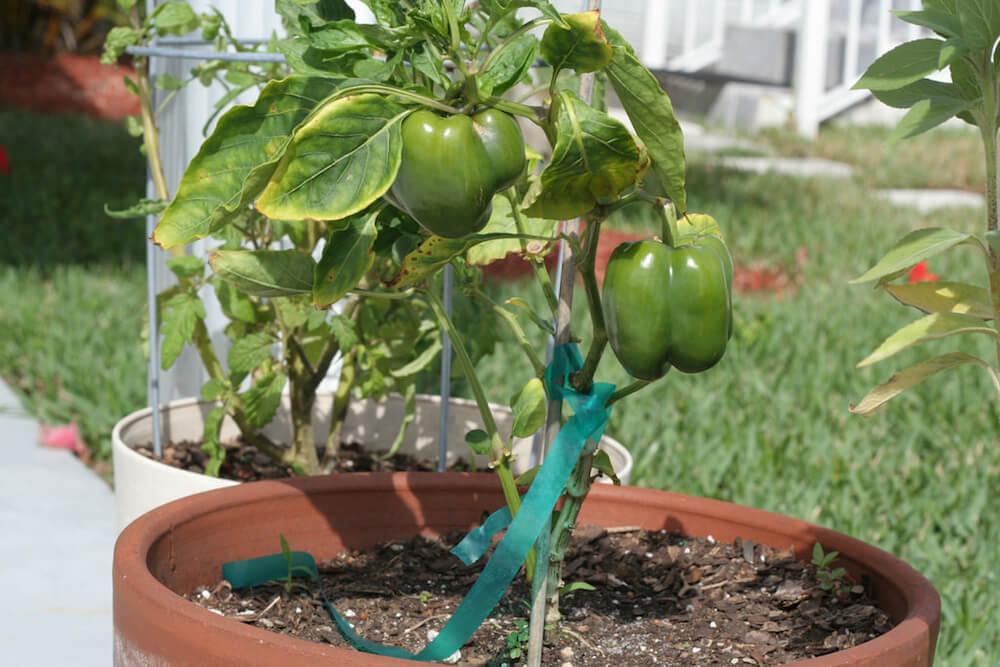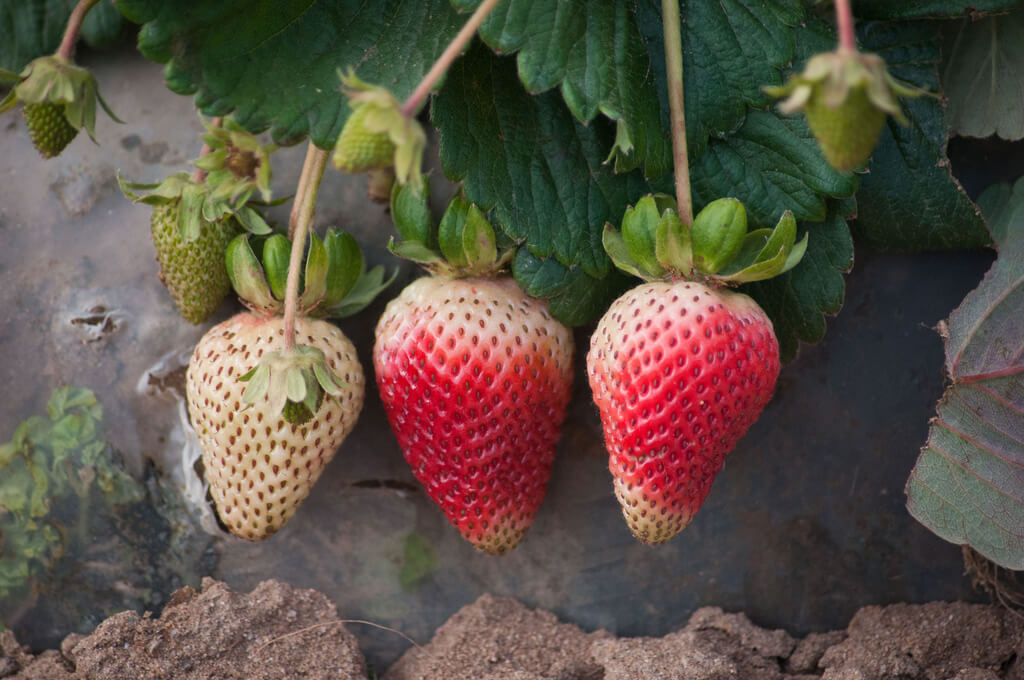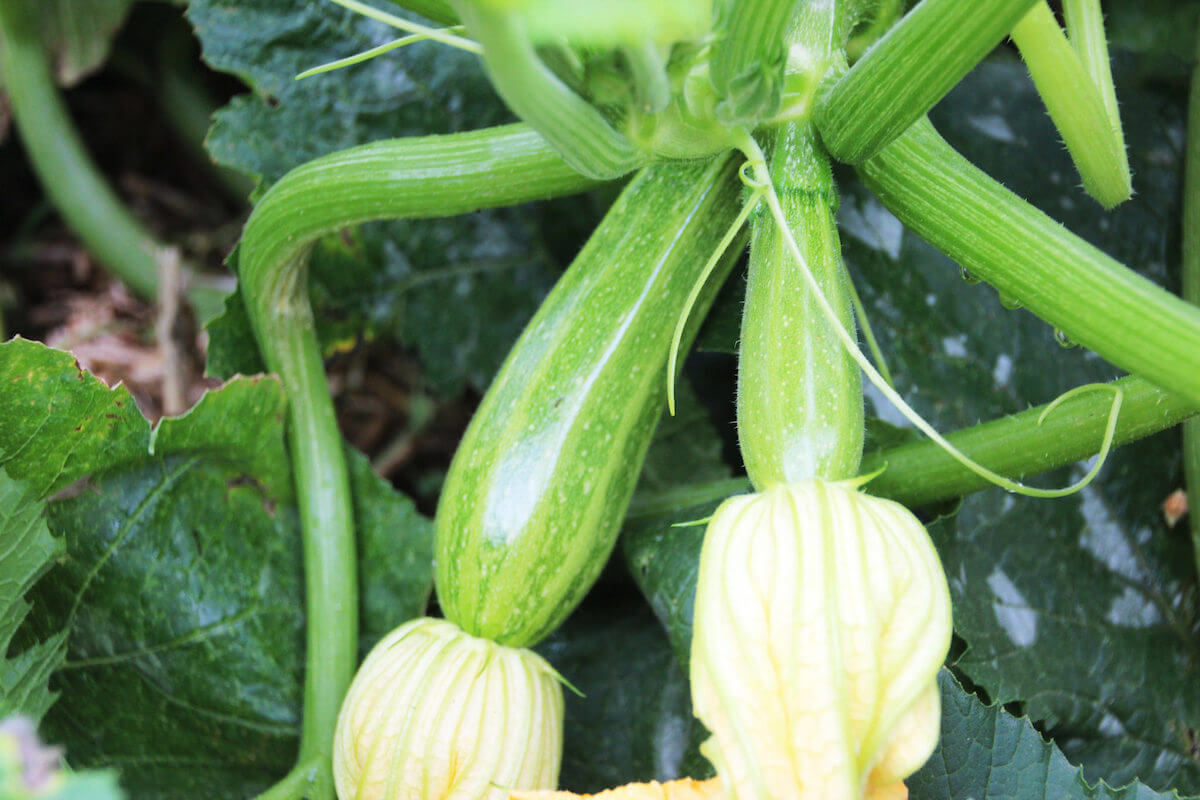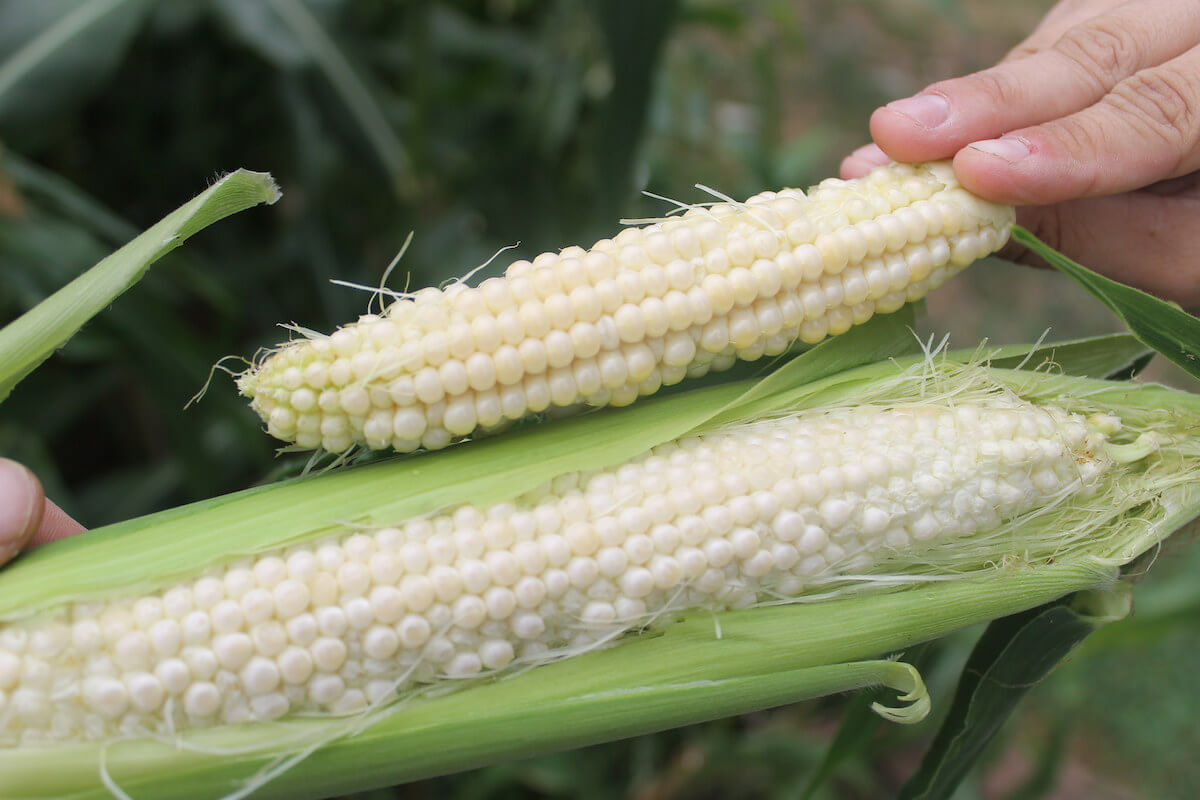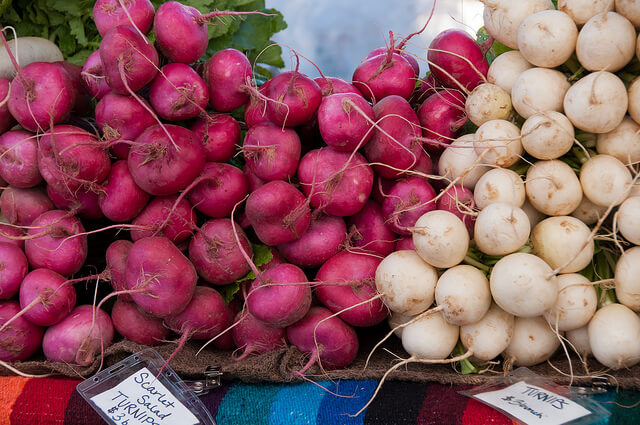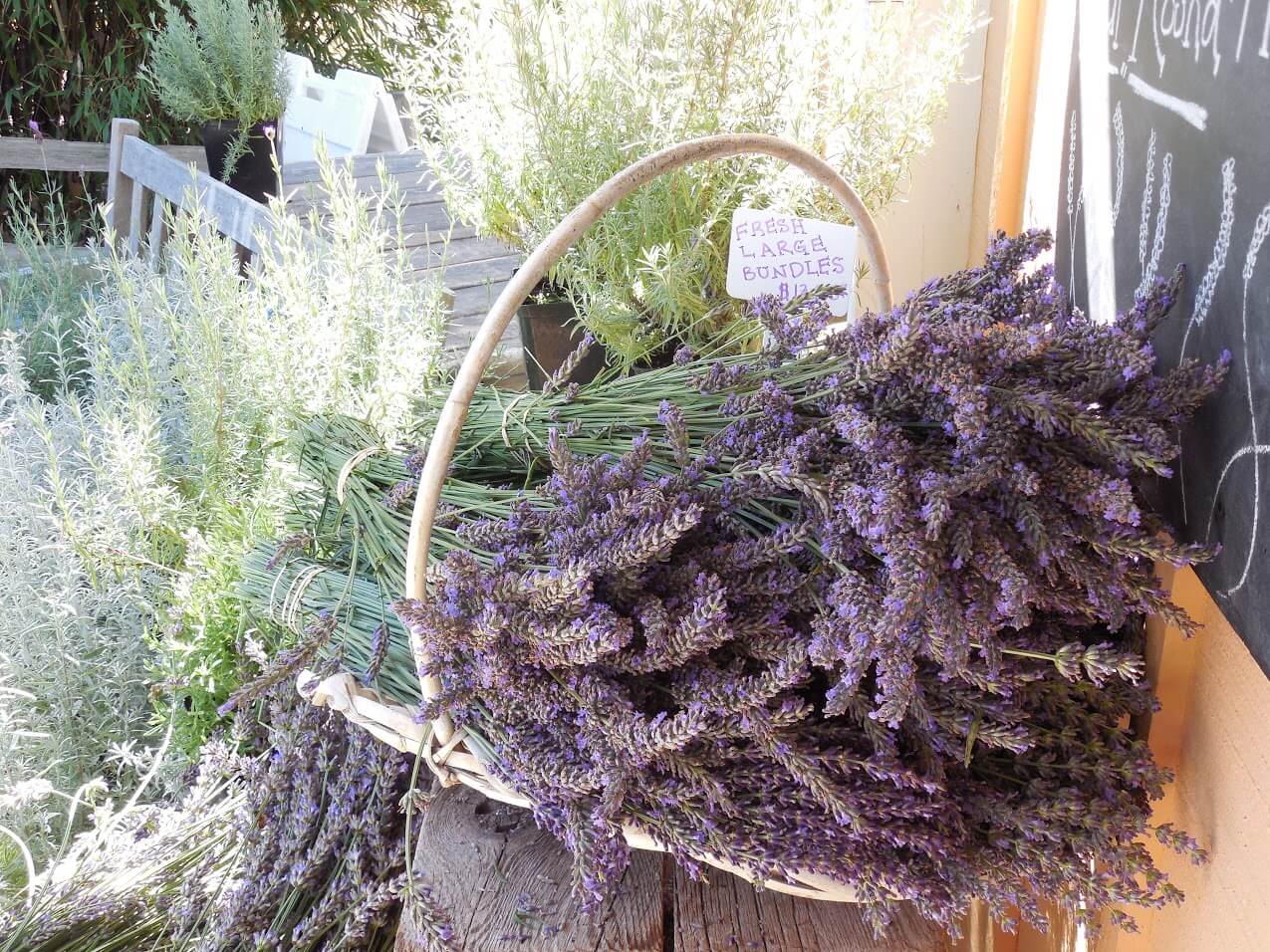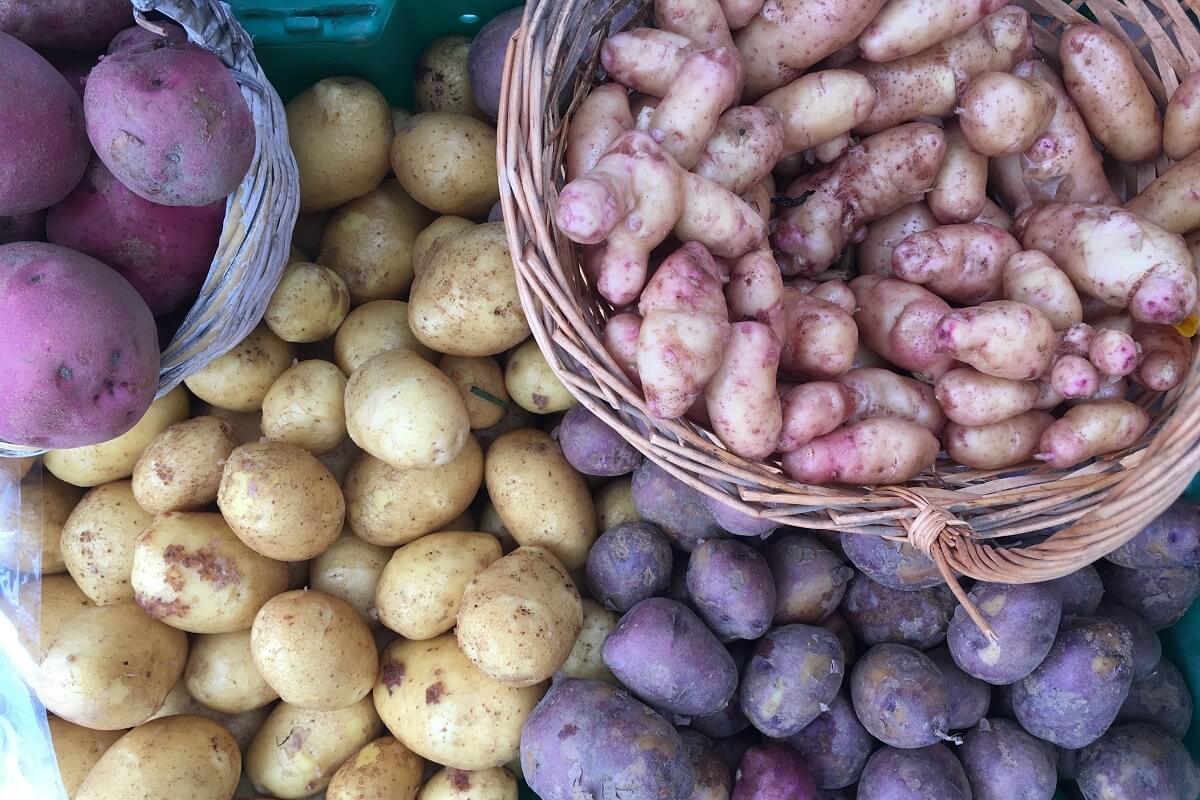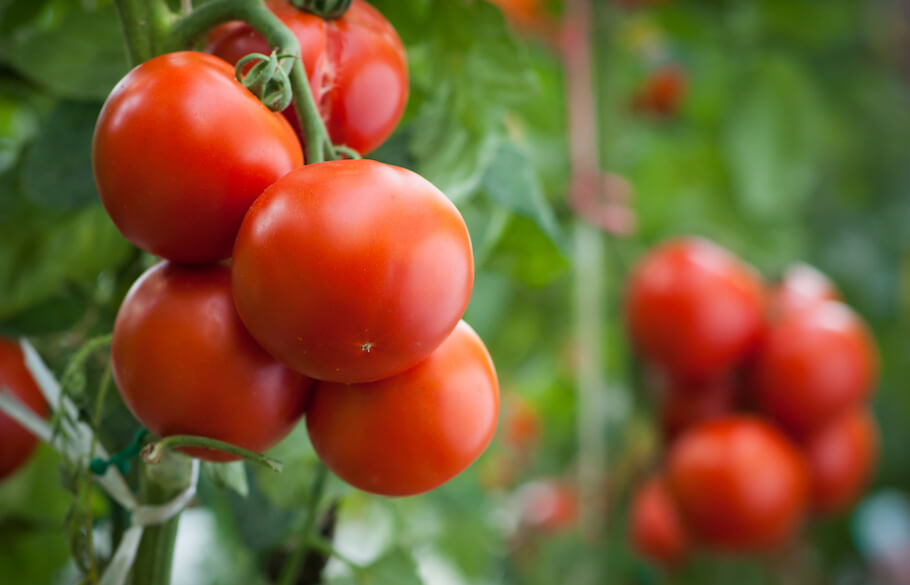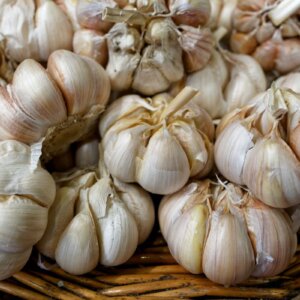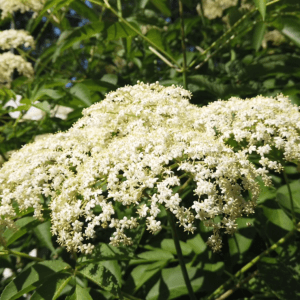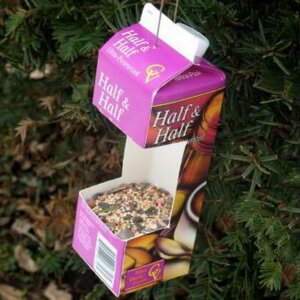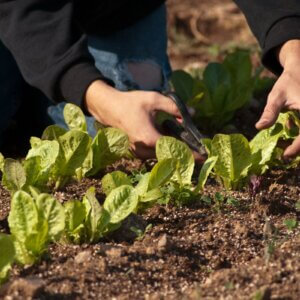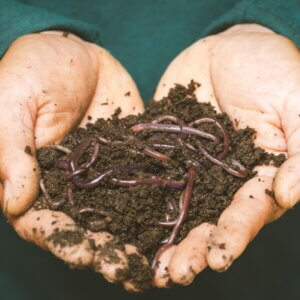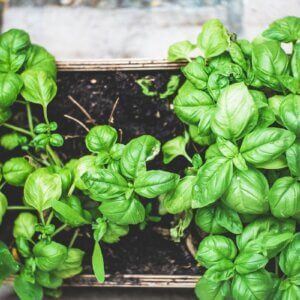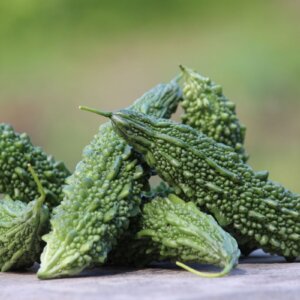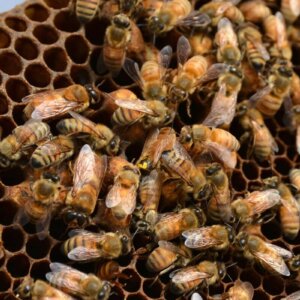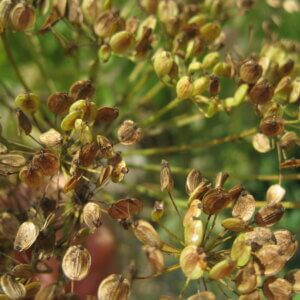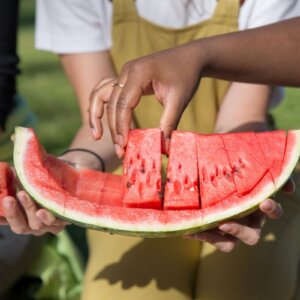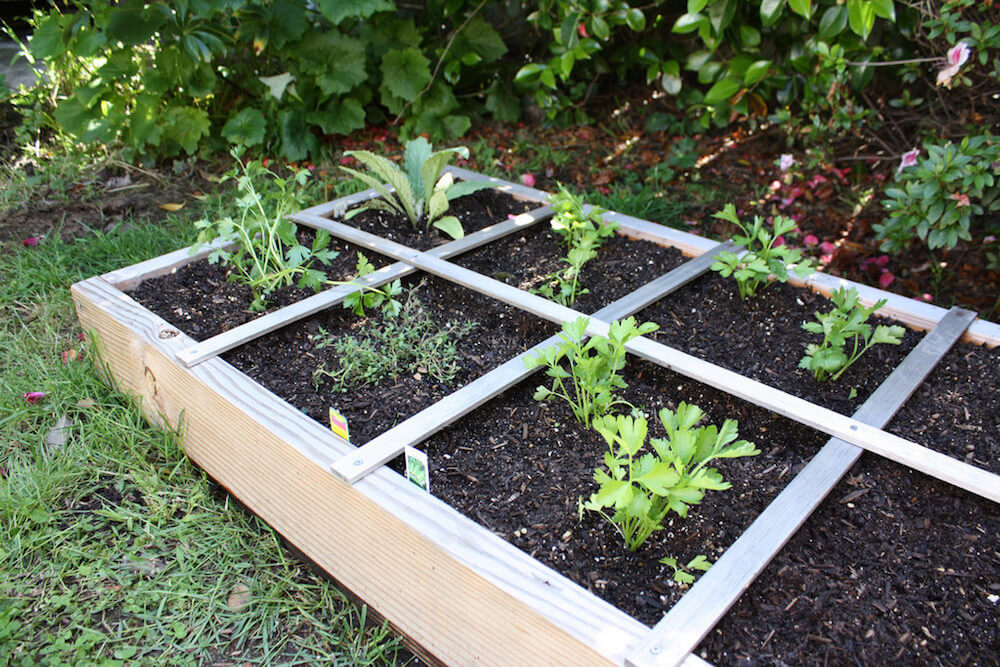
You may have heard of companion planting, or perhaps you’ve seen books like “Carrots Love Tomatoes and Roses Love Garlic” that talk about beneficial plant combinations. Well look no further, we’ve got you covered on the basics!
What Are Companion Plants?
Companion Plants are plants that help each other in some manner when they’re planted next to one another. For example, pole beans that can grow up around a stalk of corn. The corn provides structure, and the pole beans can add nitrogen to the soil.
Types of Companion Plants:
Companion plantings fall into various categories depending on the nature of how they plants help on another:
- Hedged Investment: When these crops are grown near each other, you’re more likely to have a decent harvest regardless of whether one crop fails.
- Increased level interaction: This is a common permaculture conccept, and involves combining plants with different growing habits in the same space, such as a low growing ground cover underneath a taller crop.
- Protective Shelter: One crop is protecting the other crop from weather or other dangers.
- Pest Suppression: Through a variety of methods, one plant can deter or otherwise hamper the efforts of pests on the other crop.
- Predator Recruitment and Positive Hosting: Plants that attract pollinators or pest predators (eg ladybugs) can help protect nearby crops.
- Trap Cropping: This amounts to planting something you don’t care about in order to distract pests from eating the crop you do care about.
- Pattern Disruption: Here we’re separating crops physically with a barrier of space that prevents pests from traveling through the entire zone.
Common Companion Plantings:
There are tons of great companion planting tricks you can use in your garden (scroll down for our complete list of guides) – and plenty of plants that shouldn’t be planted next to one another.
Other types of “smart planting” pairs to consider include using Mycelium (Mycelium are kind of like root structures for mushrooms, and they help deliver nutrients and minerals from the soil to your plants).
A Handful of Companion Planting Examples
Plant tall flowers around your lettuce. The fragile leaves can’t stand too much sun, and hats don’t come in their size, so help them out with sun-shading (and attractive) flowers.
Plant grasses among your legumes. Common vetch, together with rye or winter wheat, will ward of weeds, keep soil where it’s supposed to be, and shield legume seedlings from excessive sun.
Marigolds are a double-barrelled attack on annoying aphids. For one thing, they don’t seem to like the smell. For another, marigold flowers attract hoverflies. Hoverfly larvae eat aphids.
Rose and garlic are two strong-smelling plants that help each other—the smell of garlic wards away rose pests.
According to Sally Jean Cunningham, author of Great Garden Companions, catnip planted near collard greens keep flea-beetle damage to a minimum. Of course, now you’ve got to keep the cat away, too.
Surround cabbage with nasturtiums. Since caterpillars eat both, the little guys will stop and plant their eggs on the nasturtium and leave your cabbage alone. This tactic is called trap cropping, and it works like a charm in small gardens. The bigger the garden, the less successful trap cropping will be.
One companion planting tactic uses a second crop of the same plant as a companion, which can be done in one of two ways: You can “undersow,” meaning that you sow the second crop once the first crop has just started to grow, or”overseed,” which is when you sow the second crop after the first crop is fairly well grown.

